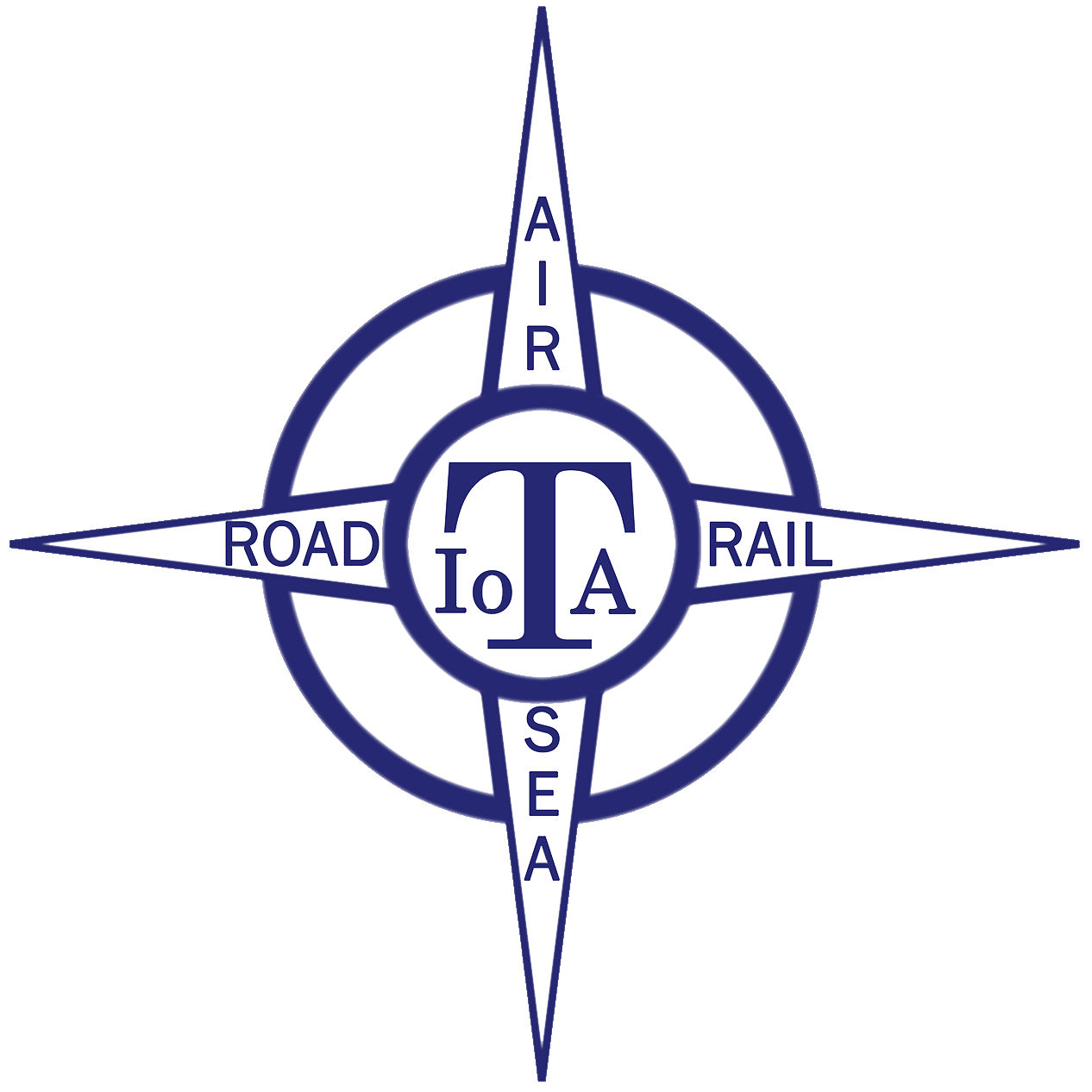The East Coast Main Line is set to become Britain’s first mainline digital rail link with £350 million of new investment to install state-of-the art electronic signalling designed to cut journey times and slash delays.
This huge cash injection – on top of £1.2 billion already earmarked to upgrade one of the country’s most important rail arteries – will fund the replacement of conventional signalling with a digital system that allows trains to talk to the track. This will smooth the flow of trains, make journeys safer and reduce signal failures that every year result in thousands of hours of delays.
The upgrading of the line is just one element of the government’s plan for a 21st century rail network that will help spread prosperity to all parts of the country. A third of the United Kingdom’s population lives within 20 minutes of an East Coast Mainline station and together they produce 41% of GDP.
Transport Secretary Grant Shapps has accelerated the roll-out of digital signalling to speed up Britain’s economic recovery as we climb out of the COVID-19 crisis. It’s part of a wider national plan aimed at introducing digital signalling on to the entire rail network in Great Britain.
The new technology allows signallers to know exactly where each train is at every minute of every journey. The East Coast Main Line is a mixed-use railway, with trains of different sizes and speeds, both passenger and freight, all using the same tracks. This smart signalling recognises these different trains, allowing train and track to talk to each other continuously in real-time. This ‘in-cab’ system will mean an end to conventional signalling at the side of tracks – first used in the Victorian era.
The introduction of digital signalling is also set to create high-skilled jobs across the supply chain, helping boost the economy as the country builds out of COVID-19.
More than 80 million journeys are made each year on the East Coast Main Line, linking London with Edinburgh, with congestion on the route compounded by signalling nearing the end of its useful life. The upgrade, between London King’s Cross and Stoke Tunnel in Lincolnshire, will ensure that more travellers reach their destinations on time. Delays in the south of the route have a knock-on effect further north, so the modernisation work will make life easier for people along the entire length of this vital national asset.
